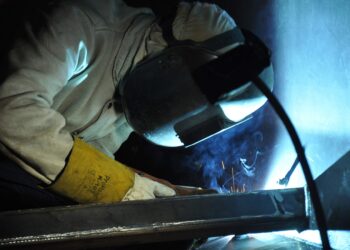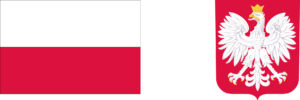Central Eastern Europe (CEE) is a region steeped in production-based economies, as opposed to the speculation-driven financial markets that often characterise Western economies. This distinction is rooted in the historical, economic, and political trajectory of the CEE region, which encompasses countries like Poland, Hungary, Czechia, Slovakia, and the Baltic states.
In the wake of the fall of the Iron Curtain and the subsequent transition from centrally planned economies to market-based systems, CEE countries embarked on a path of economic restructuring. This transformation was marked by a significant shift towards manufacturing and production, laying the foundations for their current economic landscapes.
Poland, for example, has developed a robust manufacturing sector, with a strong emphasis on automotive, machinery, and electronic goods production. The country has attracted significant foreign direct investment (FDI) in these areas, benefiting from its strategic location, skilled workforce, and relatively lower labour costs compared to Western Europe. Cities like Gdańsk, Poznań, and Wrocław have become industrial hubs, contributing substantially to Poland’s export-driven economy.
Similarly, Czechia has positioned itself as a production powerhouse in Central Europe. The country is renowned for its automotive industry, with major global players establishing significant manufacturing bases there. The Škoda Auto plant in Mladá Boleslav, for instance, is a testament to the country’s industrial prowess. Additionally, Czechia has a strong tradition in engineering and machinery, underpinning its export-oriented economic model.
Hungary, too, has seen its economy buoyed by production and manufacturing, particularly in the automotive and electronics sectors. Cities like Győr and Kecskemét host major automobile manufacturing plants, while the country’s favourable investment climate has attracted tech giants to set up production facilities for electronic components.
The Baltic states – Estonia, Latvia, and Lithuania – have also leveraged their geographic and historical ties to foster a mix of manufacturing and technology-driven industries. Estonia, in particular, has gained recognition for its thriving IT sector alongside traditional industries like timber and machinery.
This production-centred economic model in CEE contrasts with the speculation-driven financial markets more commonly seen in parts of Western Europe and the USA. While financial services and speculative investment play significant roles in economies like the UK and the USA, CEE countries have generally maintained a focus on tangible goods and services. This difference can partly be attributed to the historical development of these economies and their integration into the global market post-1990s.
However, the reliance on production and manufacturing has its challenges, particularly in the context of global economic shifts and technological advancements. CEE economies face the need to continuously upgrade their industrial base, embrace digitalization, and adapt to the evolving demands of global trade. Environmental sustainability and the transition towards greener production methods also present significant challenges, requiring investment and policy shifts.
In conclusion, the CEE region’s economic model, rooted in production and manufacturing, provides a stark contrast to the speculation-driven financial markets of some Western economies. This model has underpinned the region’s economic growth and integration into the global economy. However, as the global economic landscape evolves, CEE countries must navigate the challenges of modernization, technological advancement, and sustainability, ensuring that their production-based economies continue to thrive in an increasingly competitive and complex global market.






